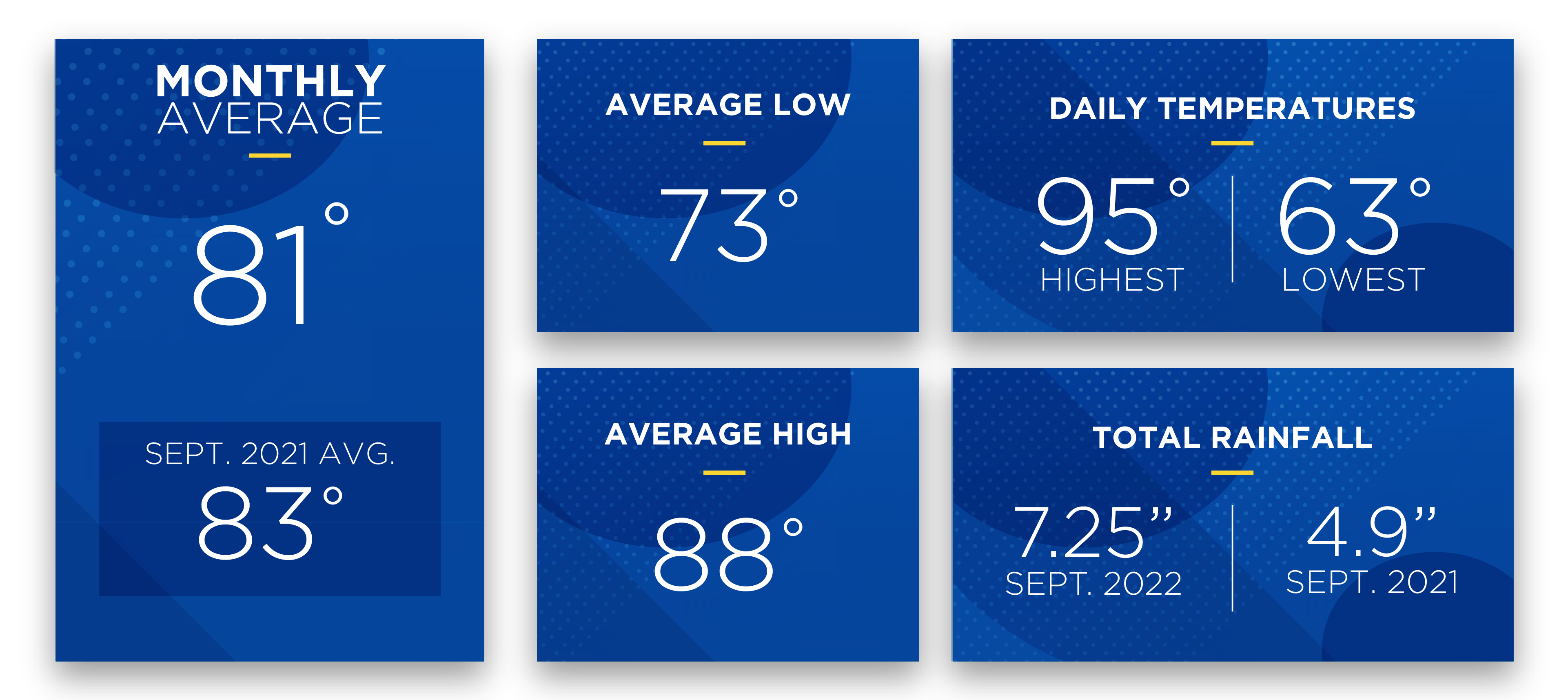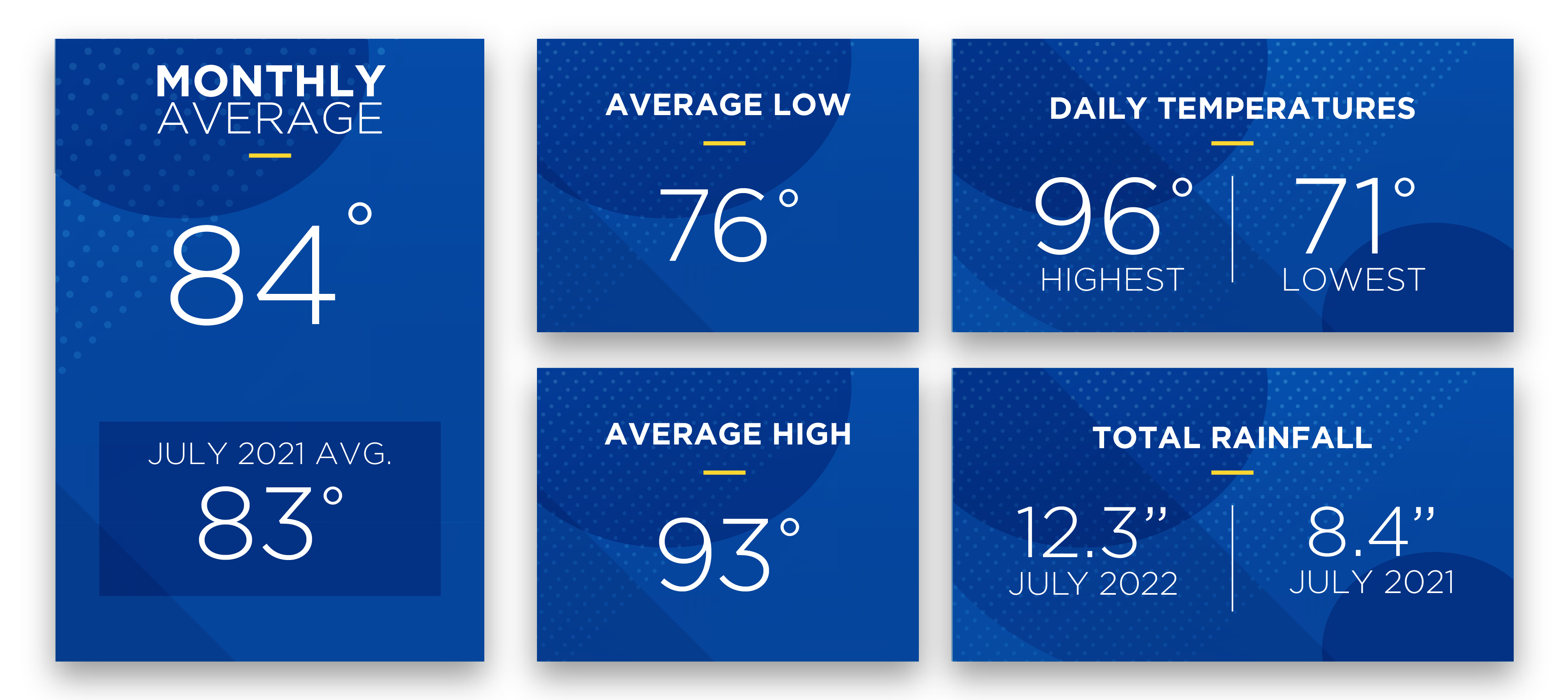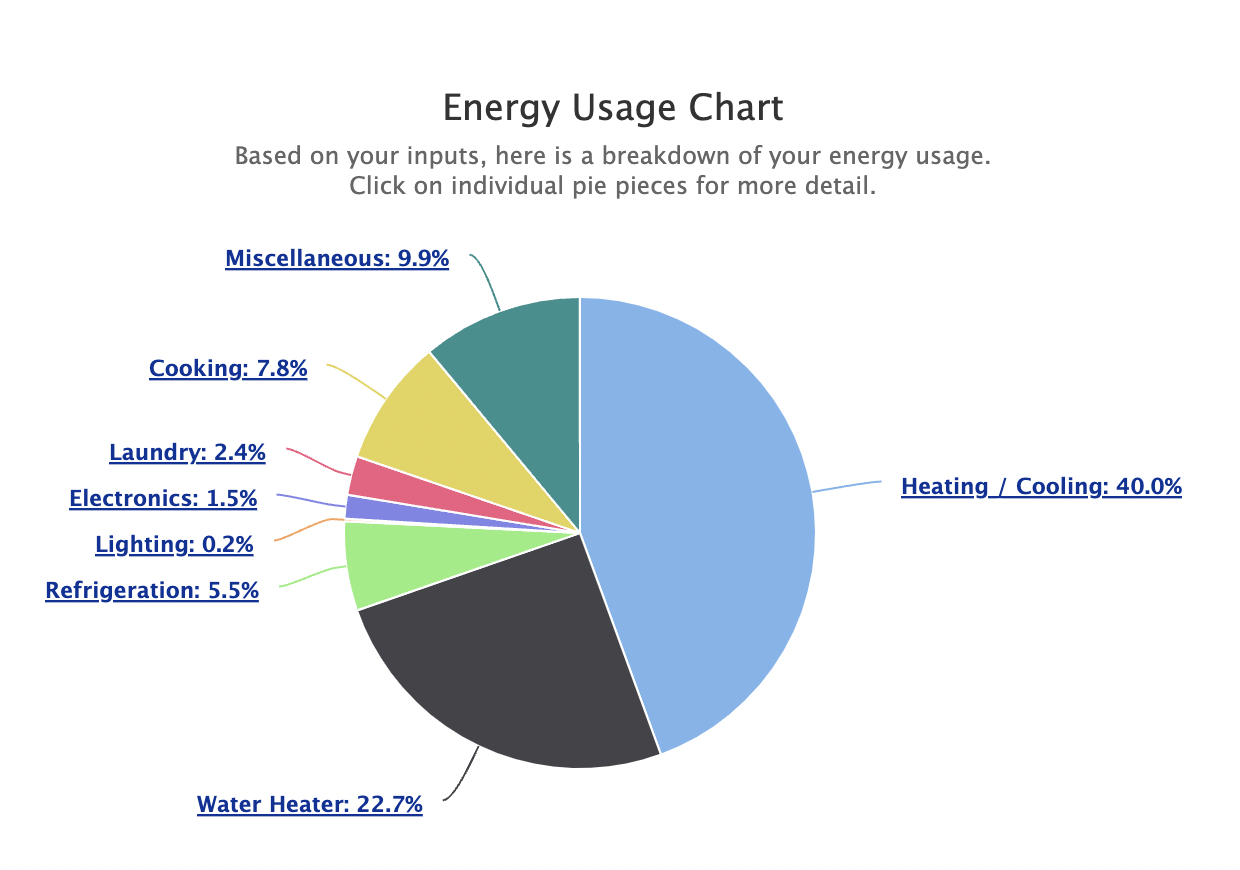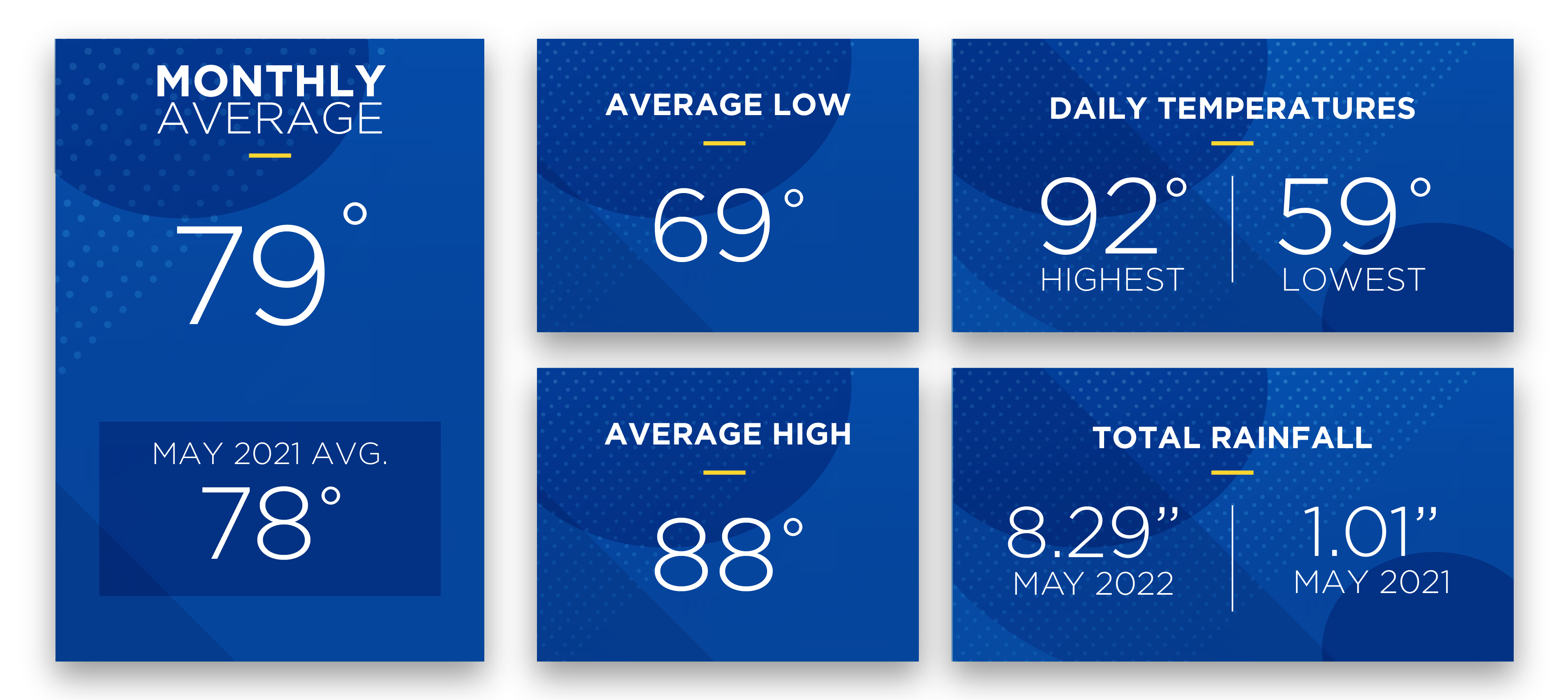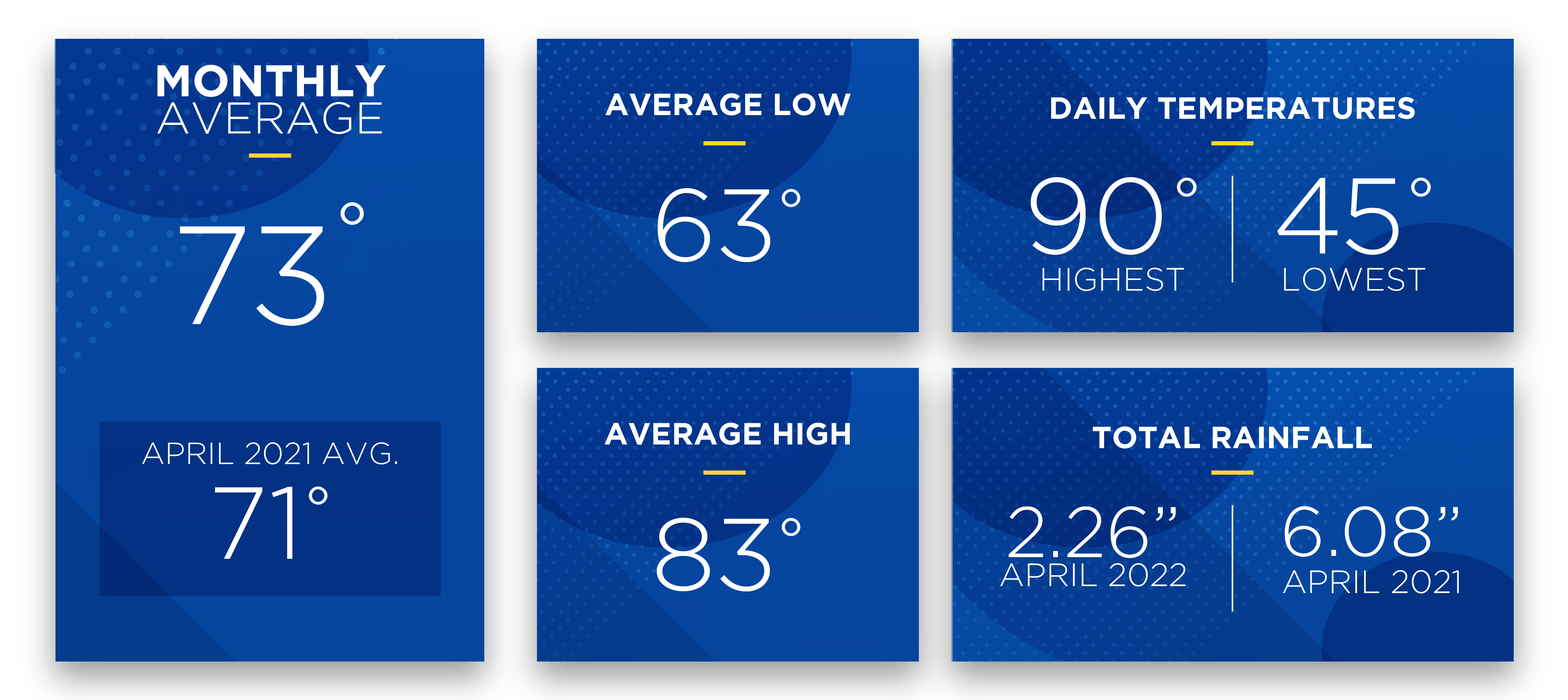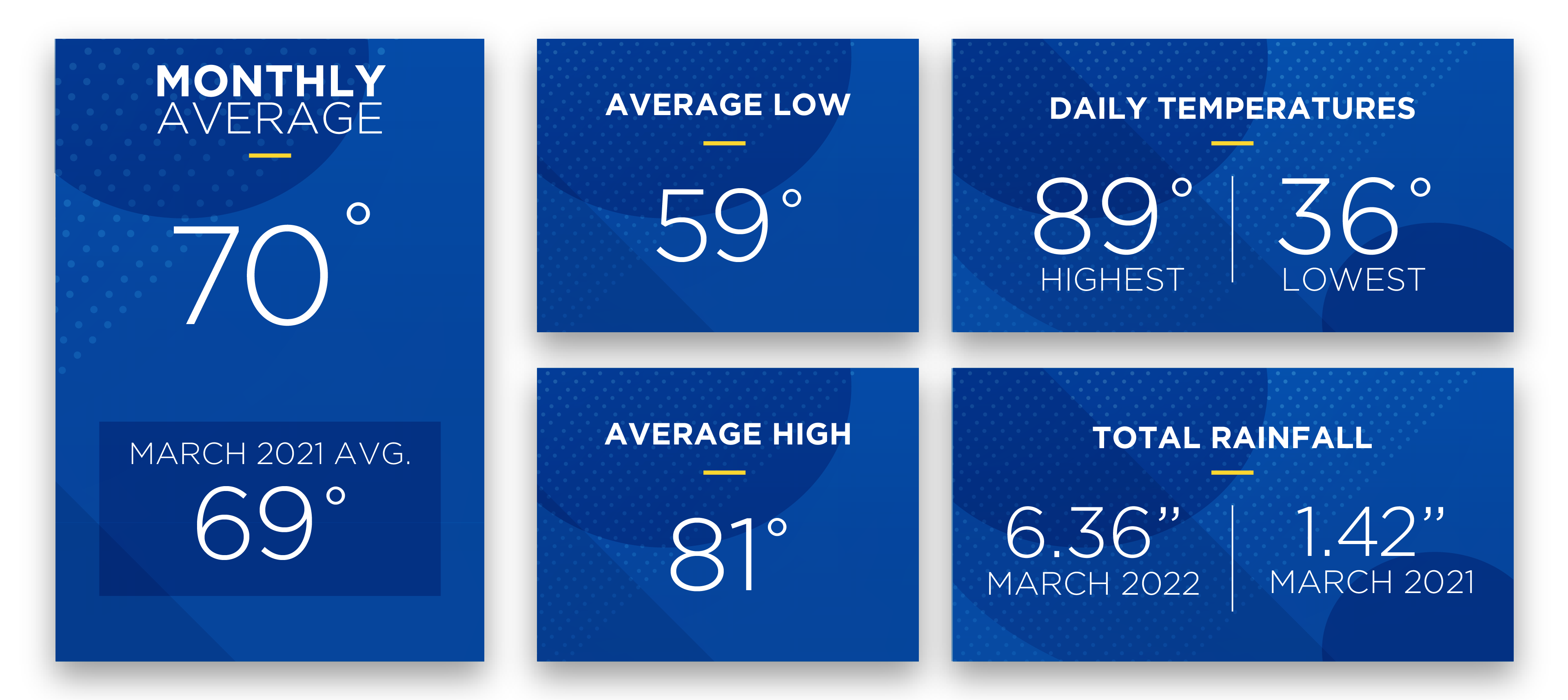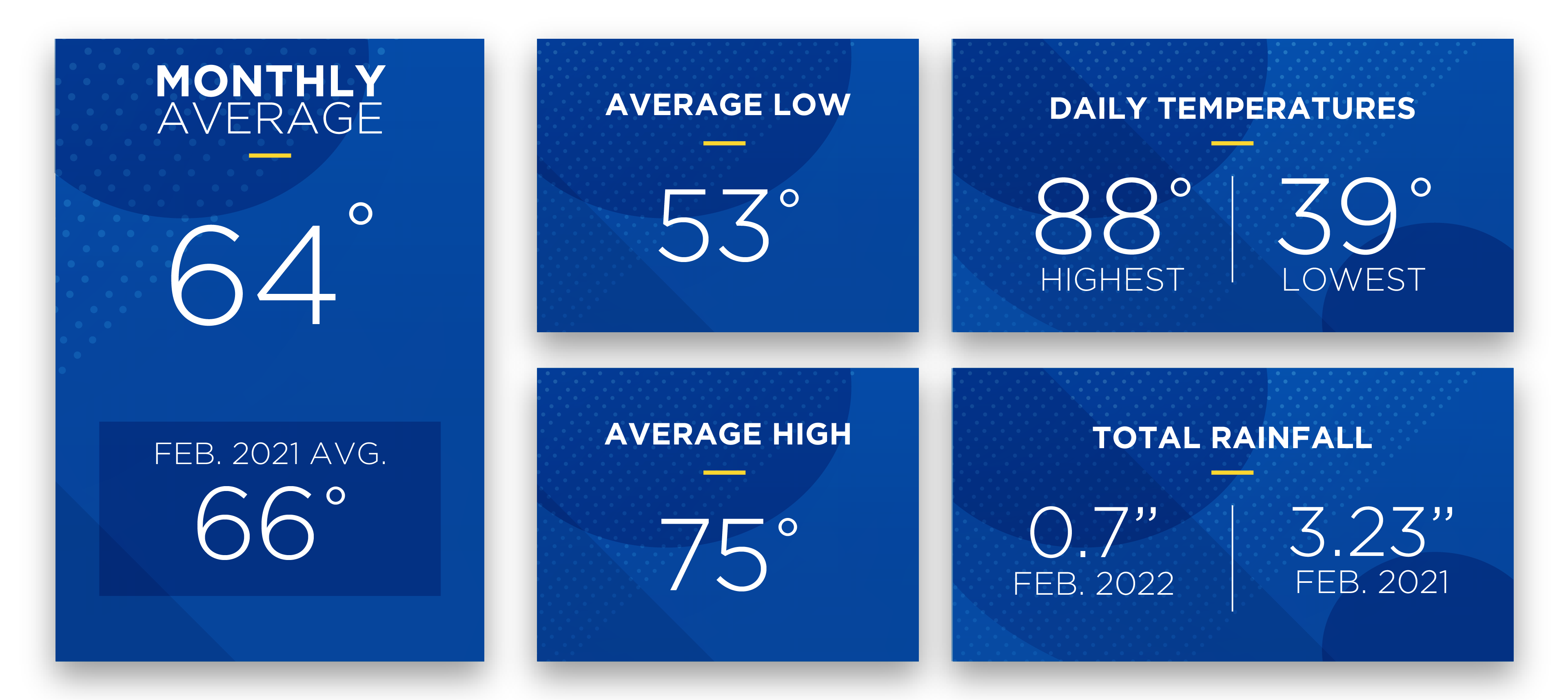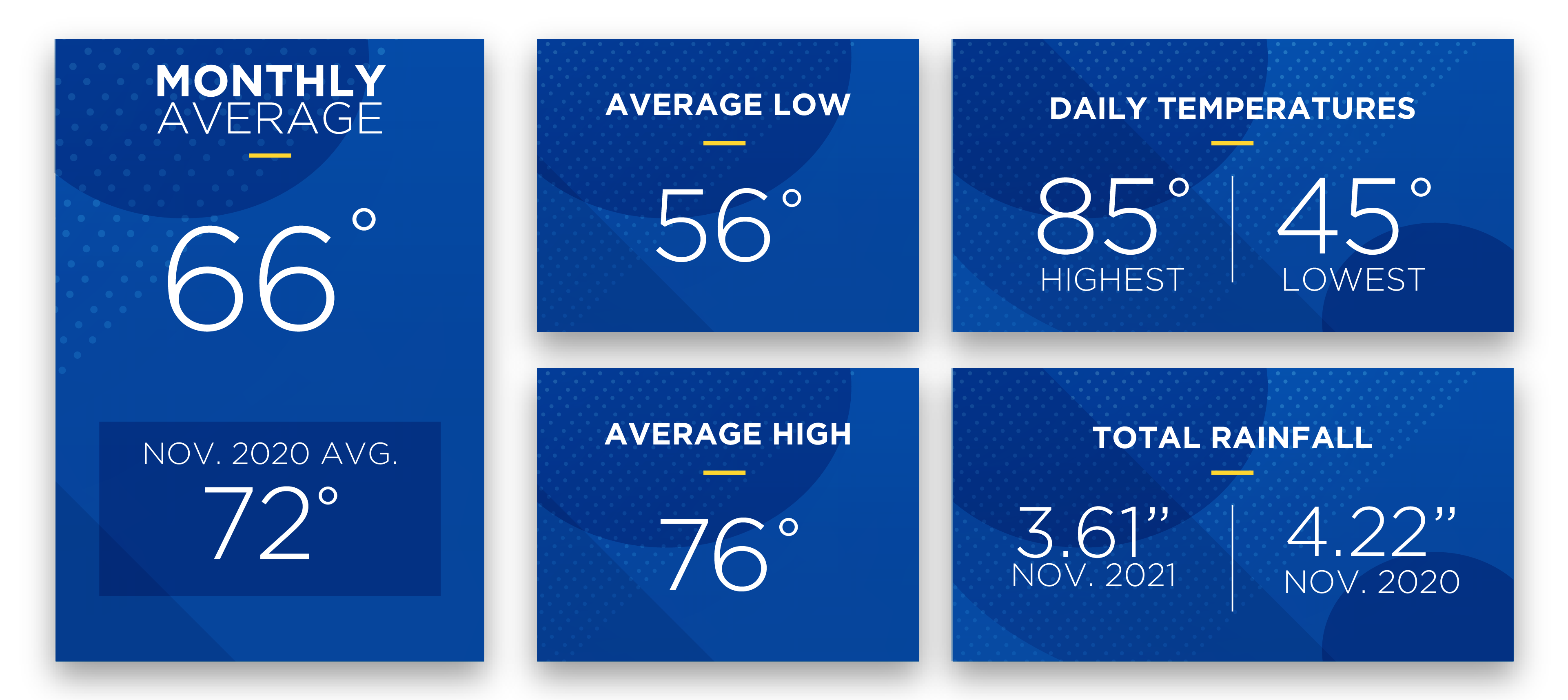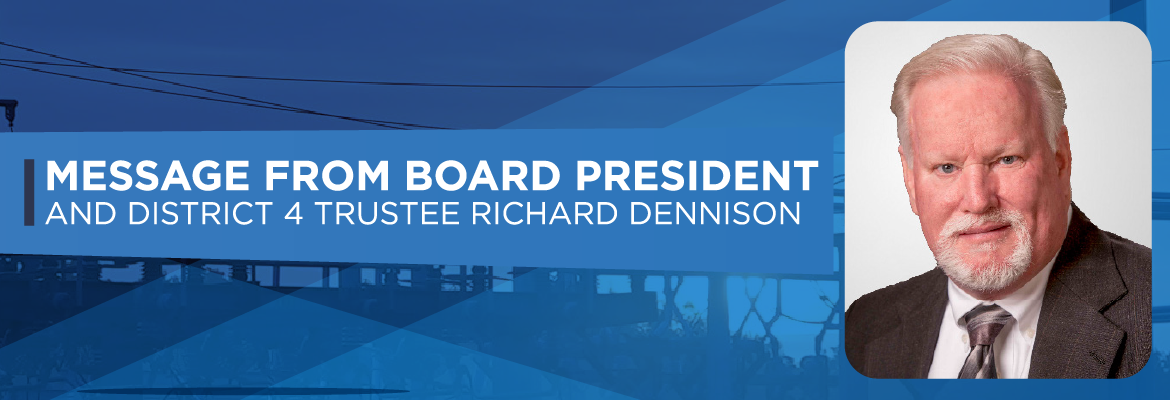
Dear Members,
On behalf of the Board of Trustees and SECO Energy, please join us in welcoming Curtis Wynn as our new CEO. Mr. Wynn takes the helm on January 4, stepping into Jim Duncan’s role as he retires after a distinguished 43-year SECO career.
Mr. Wynn’s energy industry career is rooted in Florida. From 1981 to 1997, he worked at West Florida Electric Cooperative. His tenure culminated there as Vice President of Member Services, Information Technology, Marketing and Economic Development. Mr. Wynn has served as President and CEO of Roanoke Electric Cooperative in North Carolina. Roanoke is a not-for-profit electric cooperative that serves 14,500 metered accounts.
Mr. Wynn is married with three children. He holds a Bachelor of Science Degree in Business Administration and Management Information Systems from Troy University. Based on his electric cooperative career that spans almost 42 years, SECO’s Board of Trustees expects that Mr. Wynn will continue Mr. Duncan’s legacy of success at SECO.
In reviewing his bio, Mr. Wynn’s resume reflects a long list of awards and accomplishments showing a history of supporting creative solutions that are turning the challenges of the energy industry evolution into major opportunities.
He also serves or has served on a variety of boards including: immediate past board president, National Rural Electric Cooperatives Association (NRECA); past president, vice president and secretary-treasurer of North Carolina Electric Membership Cooperative; board member, North Carolina’s Association of Electric Cooperatives; board member, Meridian Cooperative (formerly Southeastern Data Cooperative – SEDC); and past nominating committee member, CoBank.
SECO Energy provides electric service to 220,000+ homes and businesses across seven counties in Central Florida. SECO Energy is a three-time J.D. Power award-winning electric utility and is a front runner statewide and nationally with the American Customer Satisfaction Index (ACSI).
Welcome, Mr. Wynn. We look forward to working with you and seeing our cooperative into the future supporting our strategic goal of providing affordable, reliable electric service.
Sincerely,
Richard Dennison
Board President and District 4 Trustee

Payment Mailing Address Change
For members who prefer to pay their monthly energy bill by mail, our payment mailing address has changed. The new payment address is:
SECO Energy
DEPT # 3035
PO BOX 11407
Birmingham, AL 35246-3035
This change is effective on January 1.
If you are considering a more modern and secure payment option in place of writing a paper check, visit SECOEnergy.com > My Account > 12 Ways to Pay. Using SmartHub, you can enroll in bank draft, schedule a credit/debit card payment or pay by e-check. SmartHub also allows you to opt-out of receiving a paper bill in favor of an eBill sent to your email address each month after your meter is read. This helps us keep rates low by saving time and money – both for you and SECO.

Pennies From Heaven Donates $3,485 To The American Cancer Society
SECO Energy’s Pennies from Heaven Program donated $3,485 to help fight cancer. From October 1 through November 15, 2021, for every member who enrolled in our Surge MitiGator surge protection, your not-for-profit electric cooperative donated $5 from the Pennies from Heaven program to a local chapter of the American Cancer Society.
697 members enrolled resulting in donations totaling $3,485.
Take the bite out of damaging surges and spikes with the Surge MitiGator. Power surges are caused by lightning, vehicles crashing into SECO poles, small animals, birds or fallen trees.
SECO’s made in the USA meter-based surge arrester reduces surges BEFORE they enter your home through the meter. The Surge MitiGator has a beastly 15-year warranty and is designed to protect your home’s large-motor appliances. Household appliances and sensitive electronics such as televisions and computers can be damaged or destroyed by power surges and also require point-of-use devices for adequate protection.
You can lease the MitiGator for only $5.95 plus tax per month plus a $25 installation fee. The purchase price ranges from $349 to $399, with installation included. To enroll, visit SECOEnergy.com > Surge MitiGator and complete the web form.

Second AMI Pilot
In 2014, SECO Energy engaged with a smart meter vendor in an advanced metering infrastructure (AMI) pilot project of about 1,200 meters. After the pilot, we installed 36,000 meters in our territory. Unfortunately, the product did not perform as expected. The meters and communications equipment were removed and returned to the vendor.
Since then, we’ve kept an eye on the market. In 2018, we conducted workshops with eight different major smart meter vendors. Each offered a slightly different product and provided varying performance expectations based on the type of communications systems their brand offered. Because SECO’s service territory is a mix of dense suburban areas, metropolitan areas and sparsely populated rural areas, we require a product that will perform in a variety of terrains. Several vendors offered to build a hybrid to accomplish that. Unfortunately, it comes with a hefty price tag. Thus, we decided to take small steps to determine what product is best for SECO.
Late in 2019, SECO announced a pilot project that replaced 6,200 outdated prepaid meters with Elster/Honeywell AMI meters that used Verizon 5G technology. The Board of Trustees recently approved an additional pilot project for a broader comparison and benchmark using Landis+Gyr technology. Both the Elster/Honeywell and the Landis+Gyr pilot projects will help us gain the experience of operating an AMI system.
AMI meters supply daily usage readings that will integrate with SECO’s online account management platform SmartHub. Through this SmartHub integration, members will have much more insight into their energy consumption and habits. AMI also has the potential to reduce labor costs and can expedite member requests for service reconnection or disconnection. Meter tampering and line loss can also often be identified using AMI. Immediate identification of outages is also a strong advantage of an AMI system. Distribution automation in an AMI system can improve power quality, optimize efficiency and provide comprehensive data for planning, engineering and maintenance.
To identify the strengths and weaknesses of both AMI products/vendors, SECO requires a test period that spans all seasons to glean the data and field experience in real-time. SECO can analyze the data gathered from both pilots once complete.
Technology is changing rapidly, and we must choose a product and vendor that will serve SECO into the future. AMI is likely one of the largest equipment and technology investments we will make in the coming decade. Watch SECO News for updates as we evaluate our pilots.

WINNERS CIRCLE
Engage with our virtual assistant Electra on the phone for a chance to win a $25 gift card. Winners who self-served using Electra are:
Joseph Hrytzay from Sorrento
Daizebel Ortiz from Tavares
Carol Bullock from Inverness
Conrad Penchion from Ocala
Joan McDonald from Lady Lake
The latest winner of a SECO Energy Level 2 EV Charger is Irene Jaronczyk from The Villages. To enter, text “EV” to (352) 320-4500 for a link to enter. Or click on the EV Charger Giveaway homepage banner. Visit our Electric Vehicles website section to learn more about the benefits of owning an EV.
Winners in our Go Green and Win: Paperless Billing and Bank Draft Incentive
Kelli Wilson from Ocala is the winner of a $200 SECO Energy bill credit.
William Barnes from Floral City is the winner of a NEST thermostat.
Benjamin Mohr from Clermont is the winner of an Amazon Echo Dot with Alexa.
Congratulations to our recent winners!
Read the full January 2022 SECO News online.




